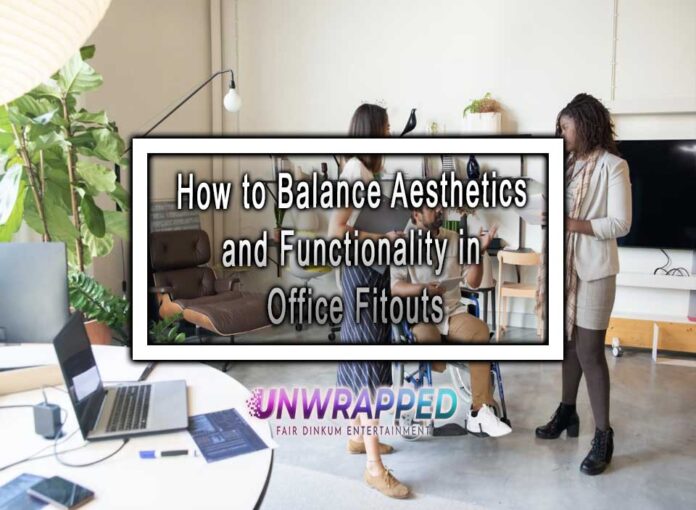Designing an office space that marries aesthetics and functionality is a complex yet rewarding task. Your office should be more than just a place to work. The way it’s designed should inspire and support productivity.
But how can you achieve the delicate balance between aesthetics and functionality in your workspace? How can you create an office that’s both visually appealing and conducive to efficient work? Here are some helpful pointers for when you’re working on your Melbourne office fitouts.
The Power of Aesthetics
Aesthetics play a crucial role in office design. The look and feel of a workspace can influence the mood, motivation and creativity of employees. Discover how aesthetics impact the workplace:
- Inspiration – A visually pleasing office can inspire employees and make them feel more enthusiastic about their work.
- Brand image – Office aesthetics reflect your brand’s personality and values, leaving a lasting impression on clients and visitors.
- Well-being – Aesthetic considerations like natural light and comfortable furniture can contribute to employee well-being.
Prioritising Functionality
While aesthetics are important, functionality is equally crucial. A workspace should be designed to facilitate tasks, promote collaboration and maximise productivity. Here’s why functionality matters:
- Efficiency – A well-designed office makes it easier for employees to complete their tasks efficiently.
- Collaboration – Functional spaces encourage teamwork, idea sharing and interaction among team members.
- Adaptability – Functionality allows the office to adapt to evolving needs, such as the integration of new technologies or changes in team size.
Finding the Balance
Achieving the perfect balance between aesthetics and functionality requires a thoughtful approach. Here are some key strategies:
1. Define your brand aesthetics.
Begin by identifying the aesthetic elements that align with your brand’s identity. Consider colours, textures and design elements that reflect your company’s values and mission.
2. Plan for flexibility.
Design your office fitout with adaptability in mind. Invest in modular furniture and layout options that can be easily reconfigured to accommodate changing needs.
3. Prioritise ergonomics.
Functional and aesthetically pleasing office furniture can promote employee comfort and well-being. Ergonomic chairs and adjustable desks are essential.
4. Harness natural light.
Natural light not only enhances the aesthetics but also contributes to employee productivity and well-being. Consider window placement and the use of transparent partitions to maximise light exposure.
5. Invest in art and decor.
Strategically placed art and decor can enhance the aesthetic appeal of your office without compromising functionality. Artistic elements can inspire creativity and provide a sense of identity.
6. Integrate technology seamlessly.
Incorporate technology into your office fitout in a way that blends with the overall design. Concealed wiring, integrated charging stations and smart office solutions can enhance both aesthetics and functionality.
A Workspace That Works
Balancing aesthetics and functionality in office fitouts is not a one-size-fits-all endeavour. It’s a unique journey that should align with your brand, values and specific business needs. By carefully considering each element of your office design, from brand aesthetics to ergonomic furniture, you can create a workspace that’s not only visually appealing but also highly functional.
Clearly, a well-balanced workspace is a powerful asset for any company. It fosters a positive atmosphere, encourages productivity and leaves a lasting impression on both employees and visitors. The key is to harmonise aesthetics and functionality to create a workspace that truly works for your organisation.









